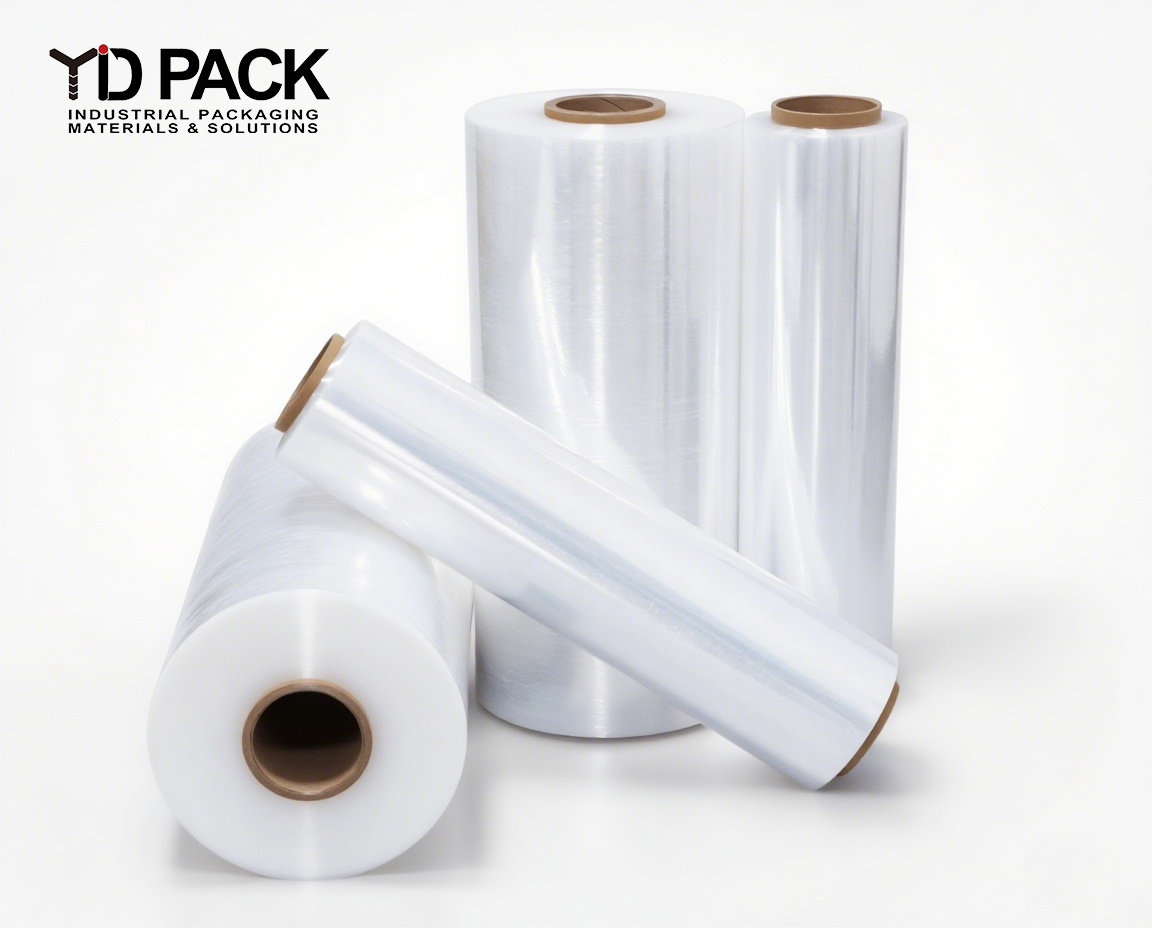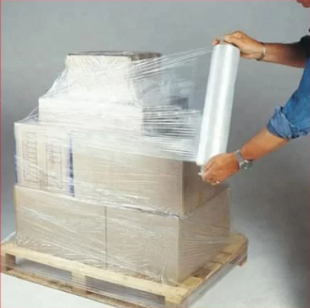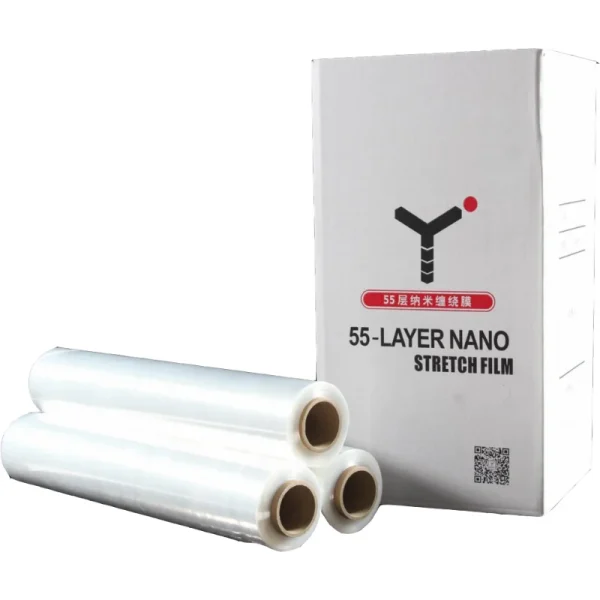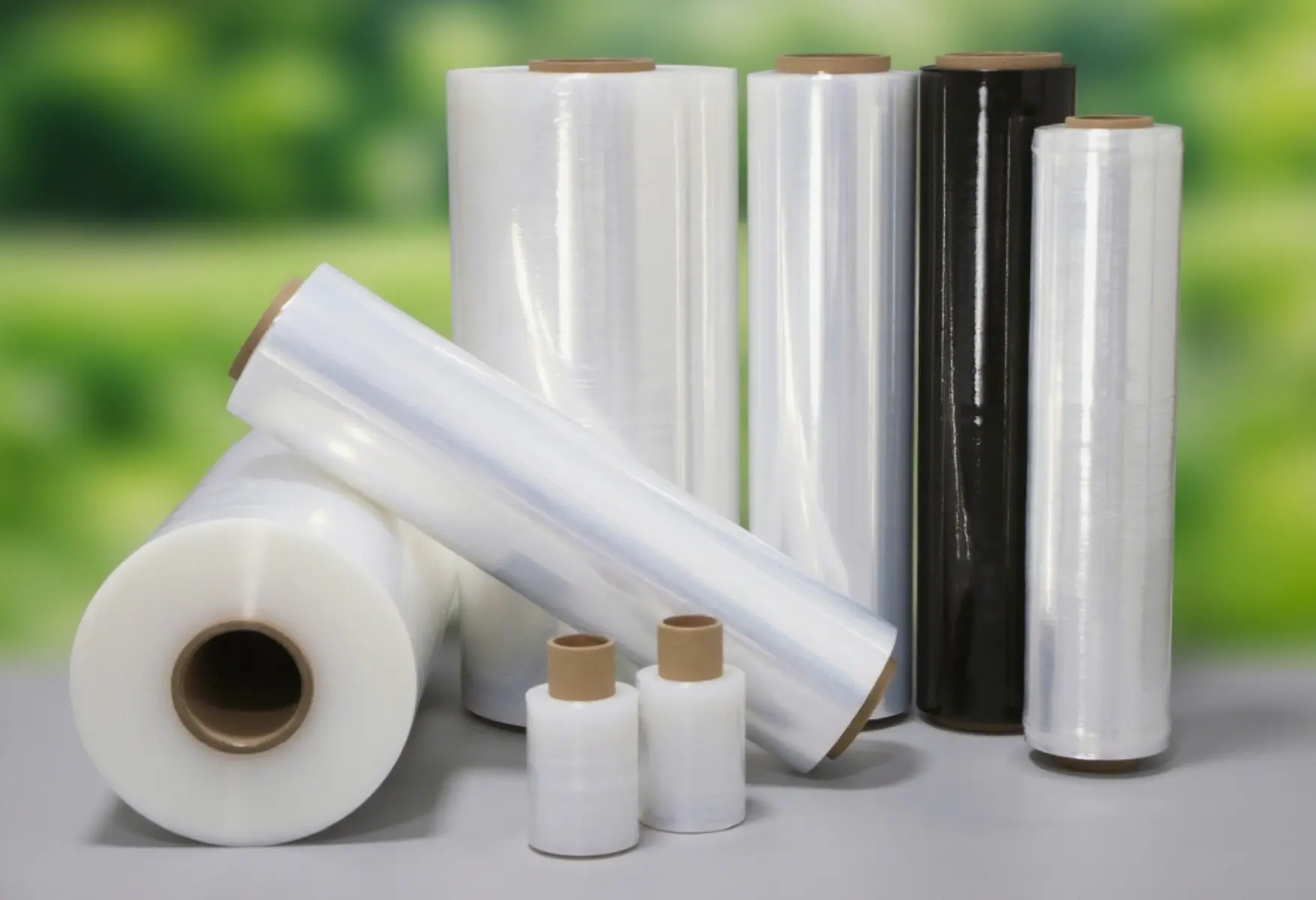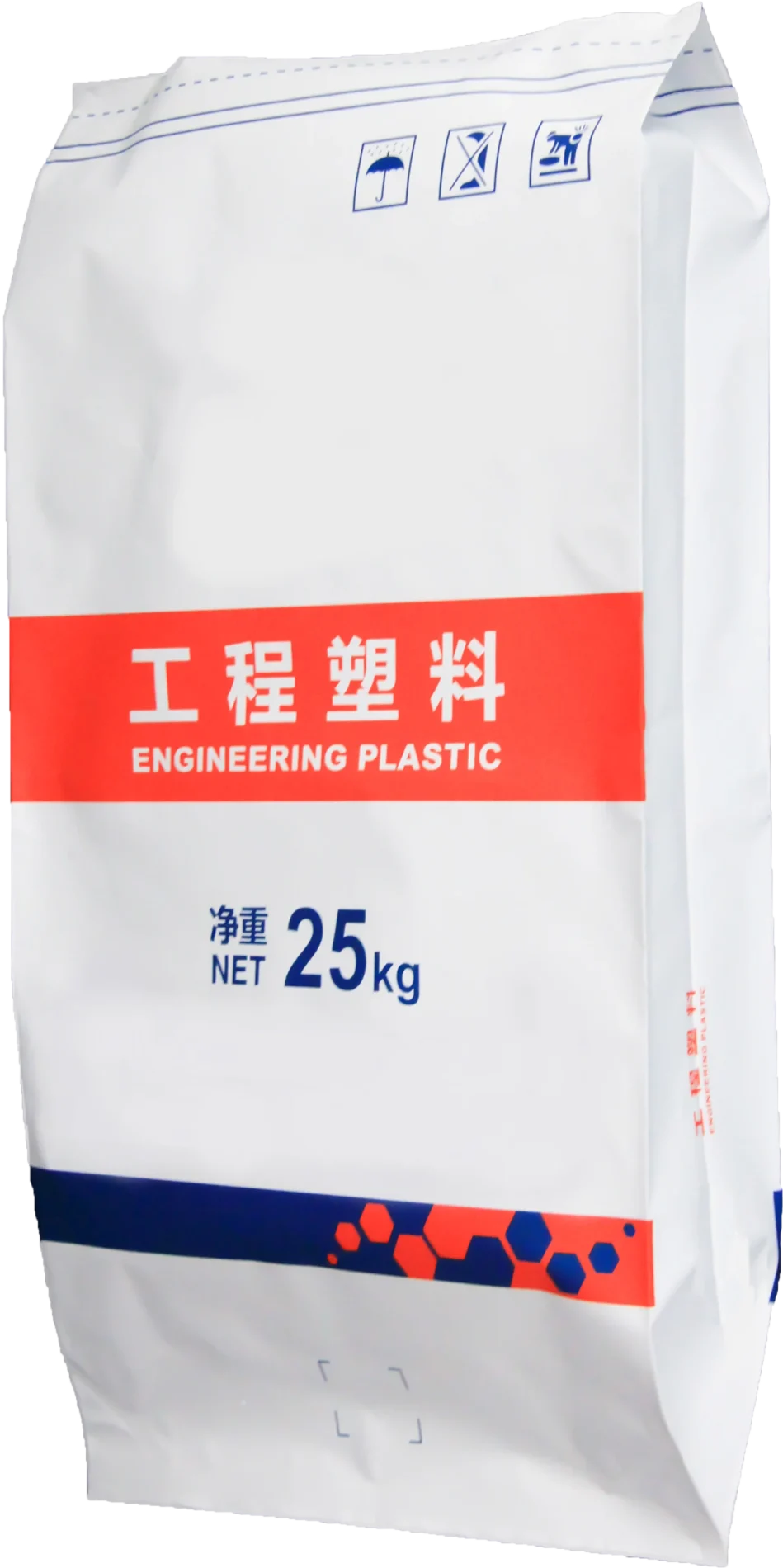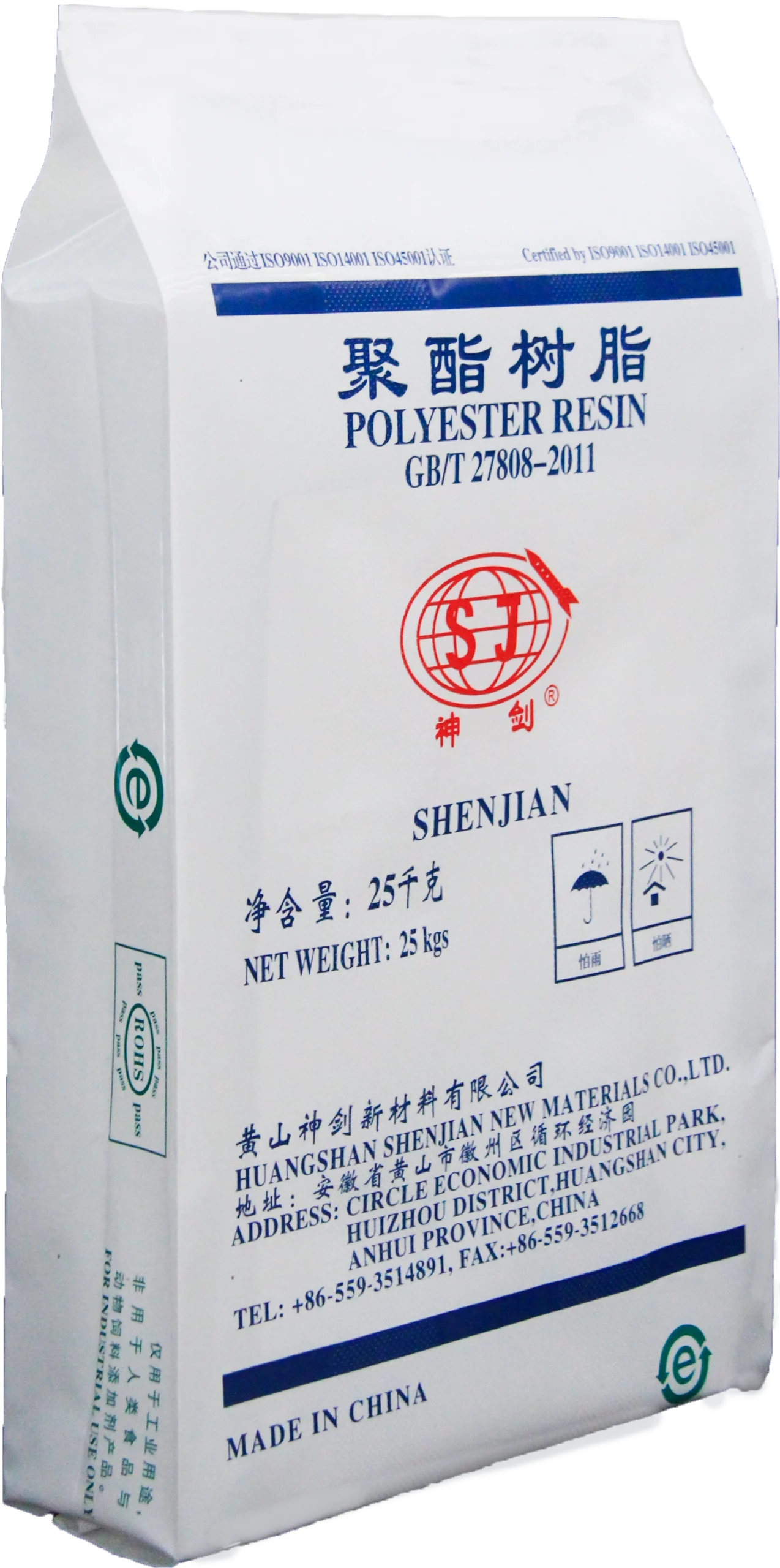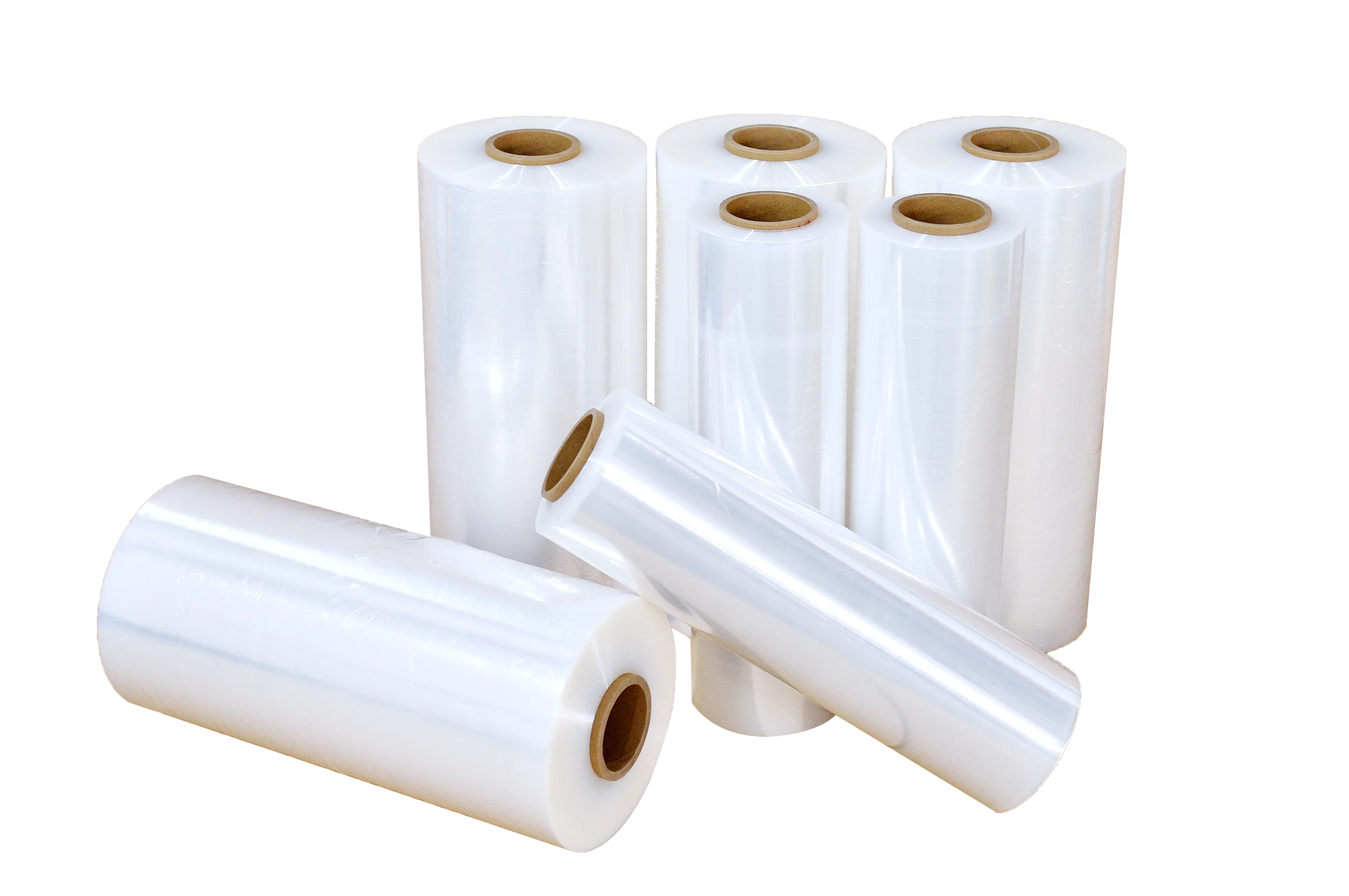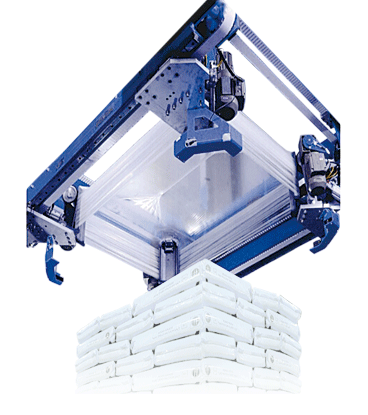Introduction
In logistics and manufacturing, inefficient traditional packaging often leads to cost waste and cargo damage risks. Stretch hood , with its heating-free process, superior protection, and high adaptability, is becoming the preferred solution for chemical, construction, food & beverage, and logistics industries. This guide explores its core advantages and industry applications to support informed decisions.
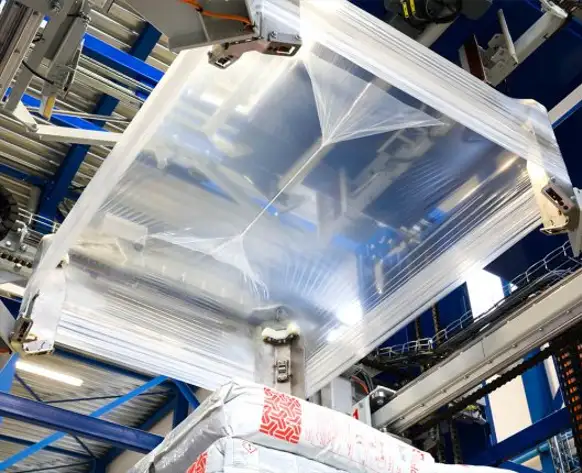
I. Why Choose Stretch Hood Packaging?
- Common Issues with Traditional Packaging
- Heat Shrink Film: Relies on high-temperature equipment, consuming significant energy and potentially damaging heat-sensitive products.
- Strapping Bands: Limited securing effect; cargo easily shifts or loosens during transit.
- Stretch Film: Prone to material waste and inconsistent tension; manual wrapping faces efficiency bottlenecks.
- Key Advantages of Stretch Hood
- No puncture film forces.
- Film influence on size, thickness and quality.
- Controlled compression force on the load.
- Film forces in all directions.
- Optimum connection between pallet and load.
- Printed, perforated, thin or thick, soft or stiff, etc.
- Readable barcodes through the film.
- Quality looks
- Automatic Shelving, no collation of film, easy film removal and stacking.
II. Core Technology: Intelligent & Reliable Wrapping
- High-Performance Film
- Utilizes high-stretch polyethylene (PE) film with superior elasticity for tight cargo encapsulation.
- Customizable properties: tear/puncture resistance, anti-fog, etc.
- Automated Intelligent Systems
- Smart Positioning: Auto-detects cargo dimensions and adjusts wrapping paths.
- Precision Tension Control: Ensures uniform force distribution—secure hold without crushing goods.
- Comparison with Stretch Film
|
Feature
|
Stretch Hood
|
Stretch Film
|
|
Heat Process
|
✅ No heat required
|
✅ No heat required
|
|
Efficiency & Capacity
|
✅ Capacity up to 250 p/h
|
❌ Reduced capacity
|
|
Film Properties
|
✅ Perforated/printed/colored film
✅ One film for several pallet sizes
✅ High tensile strength (tighter wrap)
|
✅ Flexible film
|
|
Wrapping Method
|
✅ Flexible wrapping pattern
|
✅ Flexible wrapping pattern
|
|
Visibility & Traceability
|
✅ Clear view packaging – one layer
✅ Readable barcode through film
|
❌ Several layers – no clear view
|
|
Protection Performance
|
✅ Water and dustproof packaging
✅ 5-sided protection
✅ Optimum stability
|
❌ Risk of product deformation
|
|
Material Costs
|
✅ Lowest TCO
✅ Consistent film consumption
|
❌ Increased film consumption
❌ Increased film consumption – no consistency
|
|
Operational Risks
|
✅ High tensile strength (tighter wrap)
|
❌ Risk of film end unwinding during transport
❌ Increased number of film roll changes
|
III. Solving Core Industry Pain Points
- Chemical Industry: Safety & Stability
- Pain Points: Leak/corrosion prevention; heat-sensitive products.
- Solution: Chemical-resistant film; heating-free process; puncture-proof wrapping for drums.
- Construction Industry: Withstanding Harsh Conditions
- Pain Points: Heavy/fragile materials needing shock/moisture protection.
- Solution: High-load-capacity film; moisture/dust barrier; tear resistance.
- Food & Beverage: Hygiene & Transparency
- Pain Points: Hygiene compliance, product visibility, label protection.
- Solution: Food-grade film; high clarity; low-friction surface.
- Logistics & Warehousing: Efficiency & Safety
- Pain Points: Throughput demands, load stability, space optimization.
- Solution: High-speed automation; integrated wrapping; lightweight design.
IV. Stretch Hood vs. Strench Film: How to Choose?
Choose Stretch Hood When You Need:
- Packaging for irregular/sharp-edged cargo
- Lower energy and material costs
- Faster automated processing speeds
- Secure heat-sensitive goods handling
- Superior moisture and dust protection
Stretch Film May Suit When:
- Basic low-budget packaging projects
- Cylindrical loads needing flexible wrapping
- Short-term indoor storage scenarios
V. Future Trends
- Material Innovation: Thinner/stronger films; recyclable/biodegradable materials.
- Smart Upgrades: IoT sensors for real-time monitoring and predictive maintenance.
- Customization: Solutions for extreme conditions (ultra-low temps, heavy loads).
Conclusion
Stretch hood packaging delivers energy savings, efficiency, robust protection, and unmatched adaptability, providing reliable modern solutions for chemical, construction, food & beverage, and logistics industries. It effectively addresses traditional packaging flaws while excelling in productivity, cost reduction, and cargo safety.
Ready to optimize your packaging?
Contact Yuandian for a customized evaluation and solution tailored to your industry needs.



